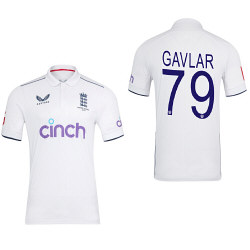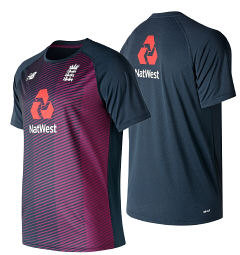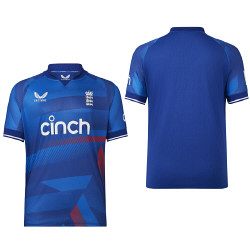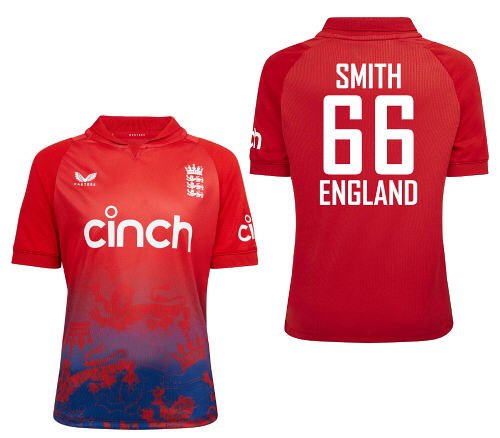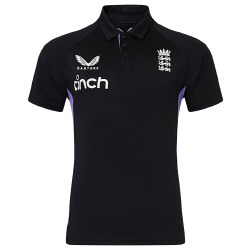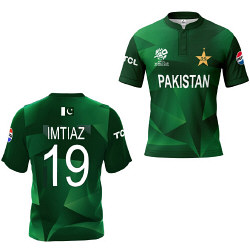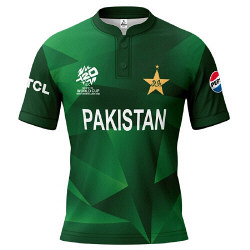Bat Information
Some information about Cricket Bats and advice on how to prepare them for use and look after them. These notes have been put together with the kind permission and help of the Newbery Cricket Company, recognised and respected as quality UK based bat makers.
Preparation - before use, two coats of cricket bat oil (one coat is the equivalent of one teaspoonful) should be gently rubbed into the front, back, edges and toe of the blade (taking care to avoid the splice), 24 hours apart. Oiled correctly, the bat fibres should be supple and the face and edges will dent rather than crack during the knocking-in process. Then the bat should be carefully knocked-in with a bat mallet concentrating on the blade and most importantly, the edge of the blade. The bat should be struck with gradually increasing force in all areas where one would normally expect to hit the ball although the edges or toe should never be struck at right angles as this would be likely to cause damage. This process should take in the region of four hours, although it may vary, as every bat is different. Finally start proper use of the bat in the nets against an old ball, under no circumstances should a bat be used in match conditions less than two weeks following purchase.Pre-Prepared or Hammer-Edge Bats - these bats have been factory prepared and are ready for use. However it is important to remember that cricket bats can never be over knocked-in and so the more time that is spent preparing the bat the better the performance will be and the longer the bat will last. Maintenance During Use - the blade of the bat should, periodically, be rubbed down with fine sandpaper and a light coat of bat oil reapplied in order to keep the surface supple and prevent the bat from drying out. It is equally important to ensure that the bat is not over-oiled as this will lead to a deadening of the bat and a reduction in performance (as a rough guide, apply no more than four light coats per year).Damage - cricket bats are handcrafted from natural materials and, as a result, are expected to deteriorate during usage. Cricket bat manufacturers have put together the following notes to assist the explanation of certain likely scenarios, which may occur within the life-span of the bat:Breakagei)Handle Breaks Cause General wear and tear.Solution The bat itself is not replaceable but the handle may be repaired at the manufacturer's discretion.ii)Blade Breakage Cause Weak or excessively dry willow.Solution Potentially replaceable by full or partial credit at the manufacturer's discretion.Blade Damagei)Surface Cracking to the face of the blade Cause General wear and tear.Solution Not replaceable as the crack will not affect the performance of the bat. Repairable at the manufacturer's discretion. ii)Surface cracking to the edge of the blade Cause General wear and tear. Solution Not replaceable as the crack will not affect the performance of the bat. Repairable at the manufacturer's discretion.iii)Surface cracking to the toe area of the blade Cause General wear and tear. This type of damage is often caused by the striking of a 'yorker' delivery and/or excessive tapping of the crease and is therefore not the fault of the bat.Solution Not replaceable as the crack will not affect the performance of the bat. Repairable at the manufacturer's discretion.iv)Split through the toe area of the blade Cause This type of damage is caused by the striking of a ball at, or near the base of the blade, e.g. the striking of a 'yorker'.Solution Repairable and/or replaceable at the manufacturer's discretion.v)Cracking to the shoulder area of the blade Cause General wear and tear.Solution Not replaceable as the crack will not affect the performance of the bat. Repairable at the manufacturer's discretion.vi)Damage due to misuse of the bat or by accidentCause Generally caused by accidentally striking an object other than the ball, stumps for example.Solution Not replaceable, may be repairable at the customer's expense.vii)Moisture DamageCause This type of damage occurs as a result of use in damp or wet conditions. It generally leads to swelling of the toe area of the blade, which after drying may well split.Solution Not replaceable as there is no fault in the manufacturing or the materials used. The damage may be repairable at the manufacturer's discretion and the customer's cost.viii)Damage due to poor quality Cricket BallsCause Poor quality or excessively hard cricket balls can be the cause of many types of crack or split damage to the blade of the bat.Solution All cricket bat manufacturer's recommend that only balls of reputable manufacture are used. Use of any other style or type of ball may cause damage to bats and will affect any claim made.General Information i) Cricket Bat Willow - English willow is by nature a soft fibrous reed. Performance and durability are enhanced by drying and pressing and during normal usage willow will become bruised, scarred or dented simply due to the nature of the game. The performance of the bat will not be affected. Such marking can occur at any time during the bats life span.ii) Returns - All repairs or discounts given on replacement bats are at the discretion of the manufacturer. Bats returned under complaint must be accompanied by proof of purchase (including date of purchase). iii) Life span of a Cricket Bat - There can be no definitive length of time that a cricket bat will last. The condition of a bat deteriorates with use. The length of time before a player the player needs to replace the bat will depend upon: the amount of use, the weight of bat (heavier bats tend to be more durable than lighter bats) and the care with which the bat is treated. iv) Age of the Cricket Bat - Bats over 12 months old will be considered entirely at the manufacturers discretion, taking into account the age and condition of the bat. It is possible for the condition of the bat to deteriorate even without use (due to the natural drying out process). v) In Case of Damage - Immediate action should be taken. This normally necessitates withdrawal from play whilst repairs are carried out. It is vital the repairs are carried out by professional bat makers. The manufacturers are unable to guarantee repair work carried out by non-approved repairers. vi) Winter Storage - At the end of each season your bat should be cleaned, lightly oiled and stored in a cool, dry location away from direct heat so as not to dry the bat out thereby making it brittle and susceptible to future damage.Bat Makers Footnote The materials used in the manufacture of this bat have been specifically selected and during the hand-making process a large amount of care and attention has been given to each individual bat - all I ask is that you do the same.Willow GradesGrade 1 plus - G1+.... the very best of English willow, often reserved for the manufacturers own Pro Players and utilised in such bats described as Limited Edition, Ultimate, SPS or Pro-Performance. Unbleached with straight even grains and absolute minimal marking or discolouration in the face. Grade 1 - G1 .... top quality English Willow, used in such bats described as Pro, Original, Titanium, Premier or Players. Good straight grain structure and unbleached with minimal marking or discolouration in the face.Grade 2 - G2 ... Unbleached English Willow with some irregular grain patterning and some minor blemishes and possible reddening in the blade.Grade 3 - G3 ..... Usually unbleached English Willow with irregular grain pattern and some marking and discolouration in the blade.Grade 4 - G4 ... English Willow usually bleached and often non oil with a covering to the face of the bat.
